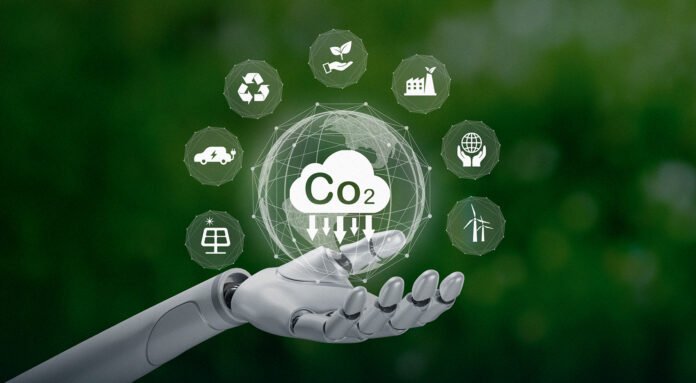Artificial intelligence has gained a reputation as an energy-hungry technology, with training a single model often consuming more electricity than 100 U.S. homes use in a year. As global demand for AI grows, so does its environmental impact. The International Energy Agency (IEA) projects that data centers’ energy consumption will more than double by 2030 and about two-thirds of that additional power is expected to come from fossil fuels.
Despite these concerns, AI is proving to be a powerful tool in combating climate change. Tackling carbon emissions requires sifting through massive datasets to find patterns and solutions something AI excels at. For example, algorithms can analyze imagery from fire-prone areas to detect wildfires earlier than human observers.
According to the IEA, if AI tools already in existence are scaled up, the emissions they could help eliminate may exceed the carbon footprint of all data centers. However, AI alone won’t solve the climate crisis. Experts warn it’s difficult to measure whether the emissions AI helps avoid outweigh the ones it generates — especially since many developers don’t track their models’ environmental costs.
That said, not all AI models are energy-intensive, and governments are beginning to address the environmental impact of AI. On a broader scale, AI can yield significant environmental benefits. Here’s how companies are applying it in climate-focused ways:
- Greener Transportation
Self-driving cars like those from Waymo, which operate in select cities, could substantially reduce emissions. If autonomous electric vehicles captured just 10% of U.S. and European passenger miles, emissions would drop by 104 million tons, according to a G2 Venture Partners analysis. AI-powered navigation helps the cars drive more efficiently, accounting for a large share of the savings.
On railways, Montreal-based Railvision Analytics developed an AI tool that helps train engineers optimize fuel use. In testing, it cut diesel consumption by 15%. Shipping is seeing improvements too — Neptune Robotics uses AI-guided underwater robots to clean ship hulls, reducing drag and fuel usage.
- Monitoring Climate Risks
AI is being used to improve infrastructure monitoring. Pano AI has installed hundreds of camera-equipped towers in wildfire-prone regions of the U.S., Canada, and Australia. These cameras capture images that algorithms scan for early signs of smoke, aiding companies like Portland General Electric in faster fire detection.
Storms and overgrown trees are another growing threat to power lines. Instead of following outdated schedules, utilities are now using AI models from AiDash that analyze satellite images to forecast vegetation growth and improve maintenance strategies.
- Resilient Farming
Climate change is challenging traditional crops. AI can help by rapidly predicting successful gene combinations for new varieties. North Carolina-based Avalo uses AI to speed up plant breeding, slashing development time from 15 years to just three. Their first product, a fast-growing broccoli, is expected in stores soon, with water-efficient cotton and sugarcane in development.
Meanwhile, Beewise uses computer vision and robotics to protect bee colonies. Its tech monitors hives and delivers care when needed, helping preserve over 200 million bees since 2022.
- Accelerating Green Innovation
High costs often delay the rollout of sustainable technologies. Kaio Labs is using machine learning and robotics to design and test chemical catalysts that convert captured carbon into ethylene, a key ingredient for eco-friendly fuels. The AI continuously improves its designs through experimental feedback, speeding up the discovery process.
While AI’s environmental footprint is real, its potential to support climate solutions is also significant if used wisely.
For more tech updates, visit DC Brief.


